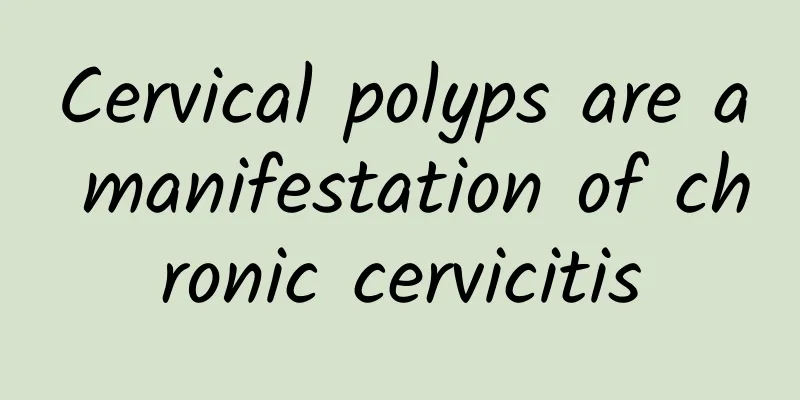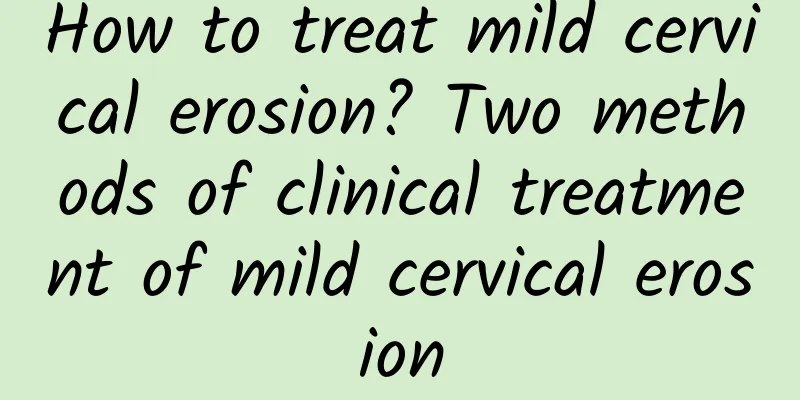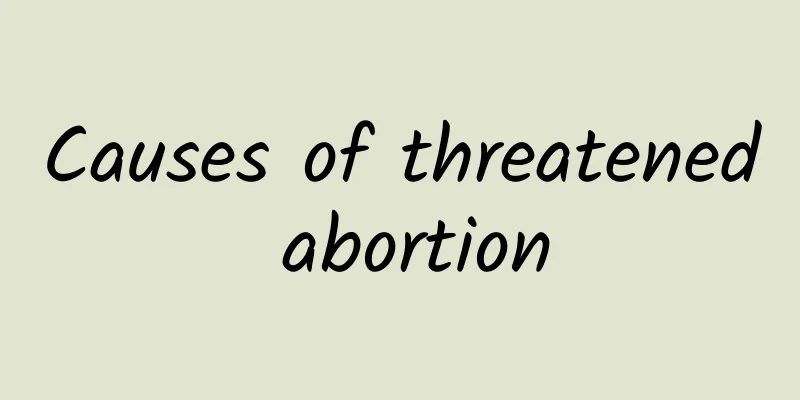Cervical polyps are a manifestation of chronic cervicitis

|
Cervical polyps are a manifestation of chronic cervicitis, which are more common in married women. Polyps originate from the cervical mucosa, and the surface is covered with a layer of columnar epithelium with abundant microvessels, so they are bright red, soft and fragile. They bleed when touched lightly, and often get infected and form ulcers. Another type of polyp originates from the vaginal part of the cervix, and the surface is covered with stratified squamous epithelium. Since the stroma is mainly fibrous connective tissue, the color is light red, the texture is tough, the base is wide, and the lesion is superficial. Cervical polyp examination method: Cervical polyps have a higher incidence rate among married women, and women do not have any symptoms in the early stages of suffering from cervical polyps, so they are not easy to detect. Most patients discover them accidentally during gynecological examinations. Cervical polyps have many harmful effects on women's health, and severe cases can lead to infertility. In order to detect cervical polyps early, the following is a detailed introduction to the examination methods of cervical polyps. 1. Cervical smear shows Pap grade II. Cervical Pap smear is a method used to check cervical polyps in the past. Grade one is completely normal, and grade two is abnormal, which may be inflammation or early cervical precancerous lesions. Further examination should be carried out to clarify. The best method is TCT ultra-thin cell detection, which can not only detect low-grade lesions before cervical polyps and early cancer, but also accurately diagnose trichomonas, fungi, bacteria, human papillomavirus and herpes virus infections. 2. Gynecological examination: Acute inflammation can cause cervical congestion, edema or erosion, purulent secretions, and pain when the cervical canal discharge touches the cervix. Chronic cervicitis can cause varying degrees of cervical erosion, hypertrophy, polyps, glandular cysts, and ectropion. There may also be purulent secretions at the cervical opening, and the cervix may be hard on palpation. If it is a cervical polyp, there may be contact bleeding. 3. Patients with more serious cervical polyps can undergo cervical biopsy to confirm the diagnosis. When the cervix is exposed with a vaginal speculum during a routine gynecological examination, the polyps seen are of varying sizes and shapes. |
<<: Increased vaginal discharge does not necessarily mean cervicitis
>>: What are the nursing measures for chronic cervicitis
Recommend
What are the causes of spontaneous abortion?
Spontaneous abortion usually occurs in early preg...
When is the best time to have an abortion?
Traditional medicine believes that if a woman wan...
What is wrong with lower back pain after miscarriage? What should I do?
What is wrong with lower back pain after miscarri...
Detailed analysis of the causes of cervical precancerous lesions
What is the detailed analysis of the cause of cer...
What is mild cervical erosion? Pay attention to 3 nursing measures for cervical erosion
Mild cervical erosion is a normal physiological s...
Grasp the 3 golden opportunities to burn fat and lose fat
Many people try all kinds of methods to get rid o...
What to do if you have pelvic effusion?
What to do if you have pelvic effusion? Pelvic ef...
How to Treat Pelvic Inflammatory Disease Based on Syndrome Differentiation in Traditional Chinese Medicine
According to traditional Chinese medicine, pelvic...
When should women have an abortion?
Every year, many women go to the hospital for abo...
How much does it cost to treat cervical warts?
Cervical warts have become a common disease in to...
To avoid adnexitis, you need to know its cause.
Adnexitis is a very common gynecological disease,...
Want to get rid of your hunchback? These 3 tricks can easily remove the fat accumulated on the back
Do you also have the problem of having a hunchbac...
Causes of severe cervical precancerous lesions
We must actively grasp the causes of cervical pre...
What to do if your ovarian cysts enlarge after your period
What should I do if my ovarian cysts enlarge duri...
What is the best way to remove uterine fibroids? How to remove uterine fibroids
What is the best way to remove uterine fibroids? ...









